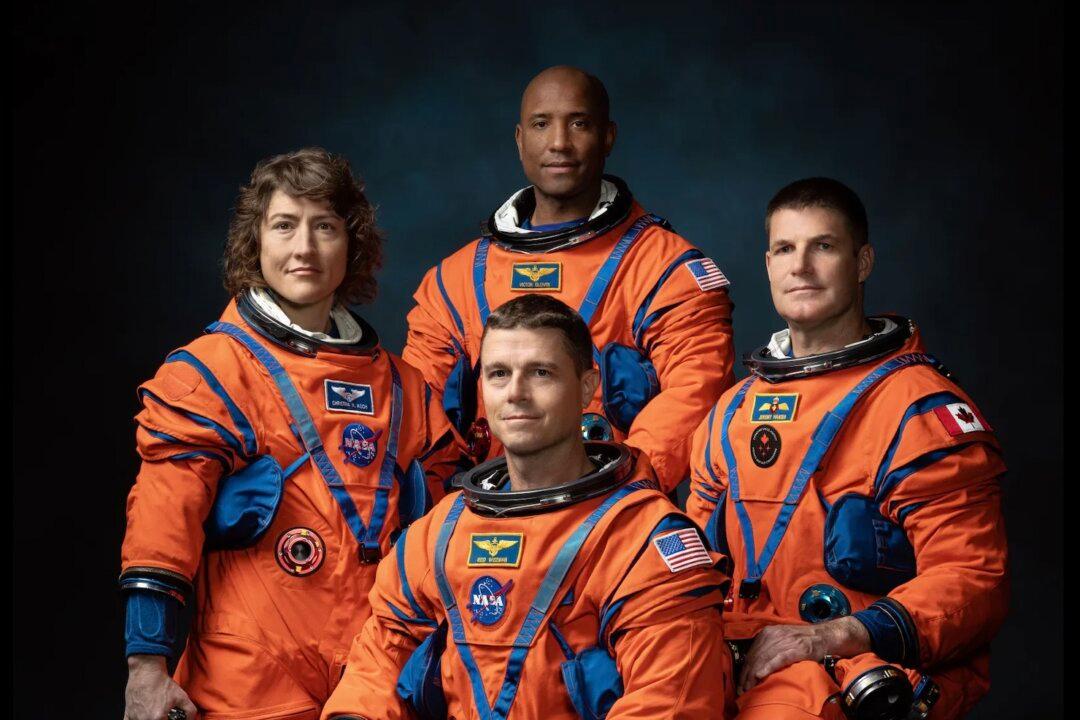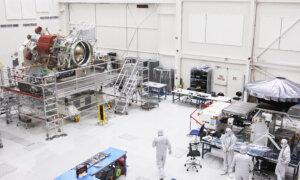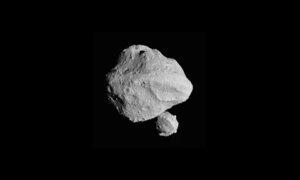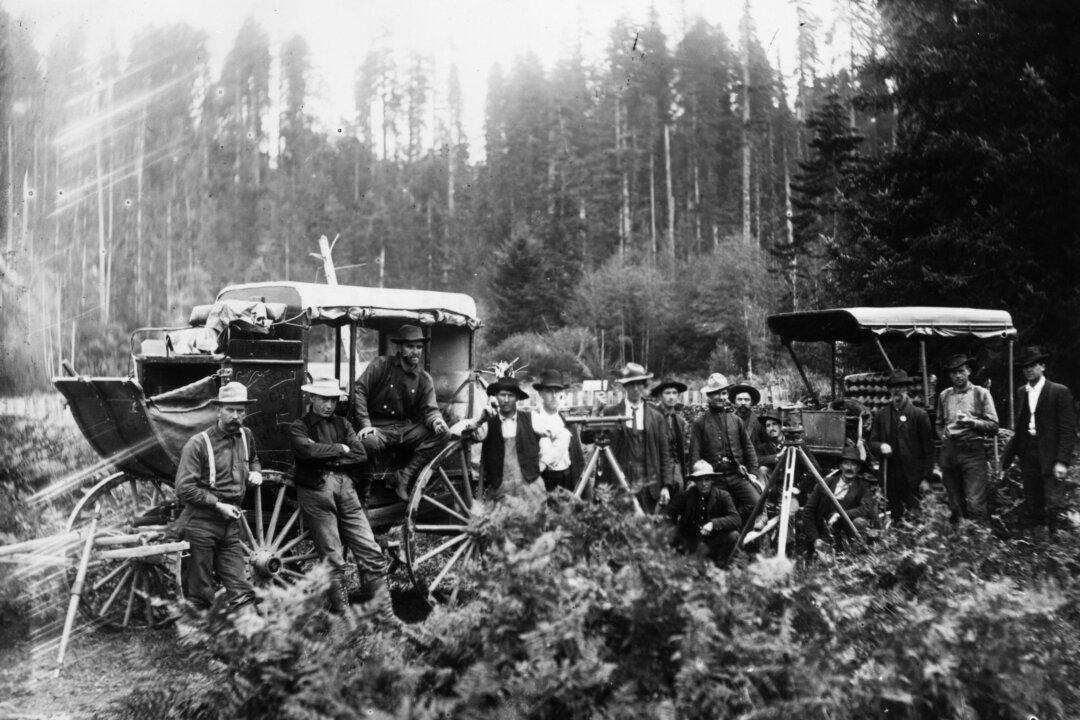On December 14, 1972, surrounded by darkness and light and standing where only 11 others had ever stood before, Gene Cernan became the last person to walk on the moon. As he prepared to depart, he announced over the radio, “As we leave the moon at Taurus-Littrow, we leave as we came, and God willing, as we shall return, with peace and hope for all mankind.”
Cernan, commander of the Apollo 17 mission, died in 2017 and never got to witness another return to the moon. That hope of returning, however, remains very much alive at NASA, and with the Artemis missions, mankind will once again take that giant leap to the moon.

The Artemis Missions
The first of the Artemis missions took place on November 16, 2022, with the unmanned Orion spacecraft traveling more than 1.4 million miles over the course of 25 days. The spacecraft traveled thousands of miles beyond and around the moon before it reentered the Earth’s atmosphere at nearly 25,000 miles per hour, finally splashing down into the Pacific Ocean.
The next mission, Artemis II, is scheduled for a 10-day flight around the moon in November 2024 with a crew of four: mission commander Reid Wiseman, pilot Victor Glover, mission specialist Christina Koch, and the Canadian Space Agency’s mission specialist Jeremy Hansen. For the Americans, it will be a return to space, but even for them, humanity has never gone this far away from Earth before. The Artemis II mission could break the record for distance traveled during a manned space flight.
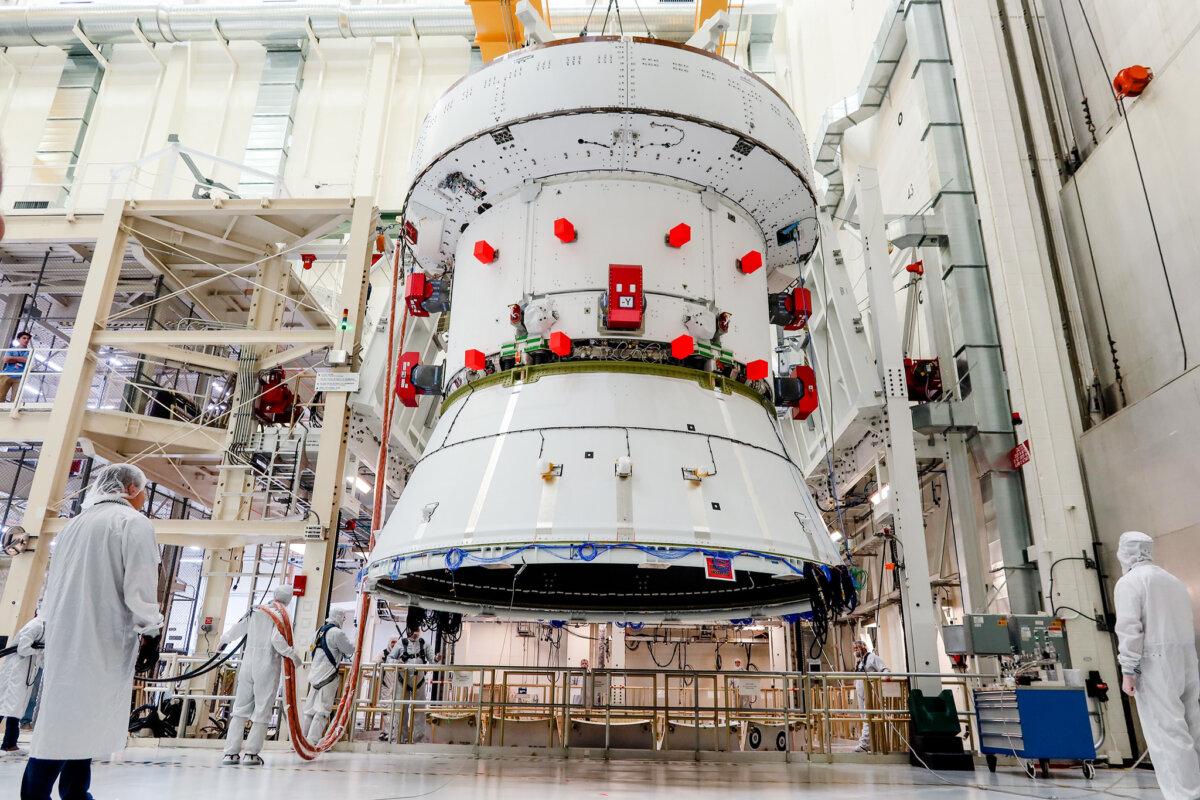
“It will depend on where the Earth-moon system is when we launch,” said Mr. Wiseman, who has been a NASA astronaut since 2009. Apollo 13 currently holds the record, at 249,205 miles from Earth; Artemis II could end up reaching 10,000 miles farther. “Hopefully a year later, we will eclipse it again, and a year after that we will eclipse it again,” he said of future NASA missions.
The Artemis II mission is the beginning of what is expected to be not just a return to the moon, but eventually, the establishment of a base camp on the lunar surface, and a future trip to Mars. NASA’s goals are lofty, and Wiseman believes that those goals are not just achievable, but inevitable.
“I think we are definitely looking at humankind living on the moon, living on Mars, getting out into the solar system,” he said. “If you look back at what humans have done on Earth, we can’t sit still as a group of beings. We are restless and we are very inquisitive. I think we will always look at the moon and want to go there. And for those of us who find Mars in the night sky, we want to go there. I would love to go to the moons of Saturn and wake up in my living room and see the rings of Saturn in the morning. I think that is just where we are headed. We are never going to quit.”
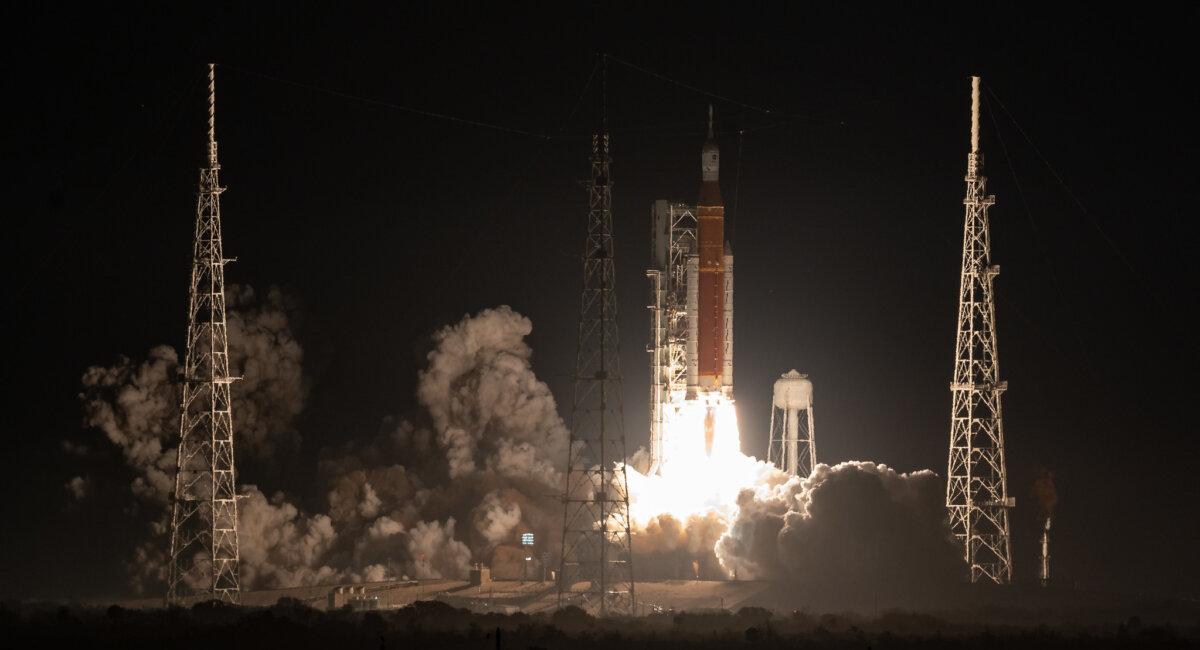
The Science Behind Artemis
Mr. Wiseman explained that the primary reason for establishing a base camp is for research. He reflected on how after the Apollo 11 mission placed Neil Armstrong and Buzz Aldrin on the moon, NASA’s scientific endeavors multiplied. The missions’ technological capabilities accelerated from Apollo 11 to Apollo 17, within a span of three years. Mr. Wiseman anticipates that the Artemis missions will similarly advance new technologies and unveil scientific discoveries, such as in the field of geology. Although these early Artemis missions focus on exploration, he believes they will inevitably impact future scientific research.
“As you build the capabilities to go explore, the science begins to develop because this capability is here, and now we are going to exploit every ounce of it to gain as much human understanding as we can,” he said. Although the four astronauts of the Artemis II mission will not be landing on the moon, their trip around the moon will examine parts of the lunar surface that no one has ever seen before (the International Space Station has only been in low Earth orbit thus far). If the lighting is cooperative, “we’ll see the entire moon in one shot. We’ll have a chance to take pictures, to put human eyes and brains on it, and think about it in ways never thought before,” Mr. Wiseman said.
He also admitted that he and the other three crew members will themselves be research subjects. One of the objectives of this mission is to see how the human body reacts to traveling so far into space.
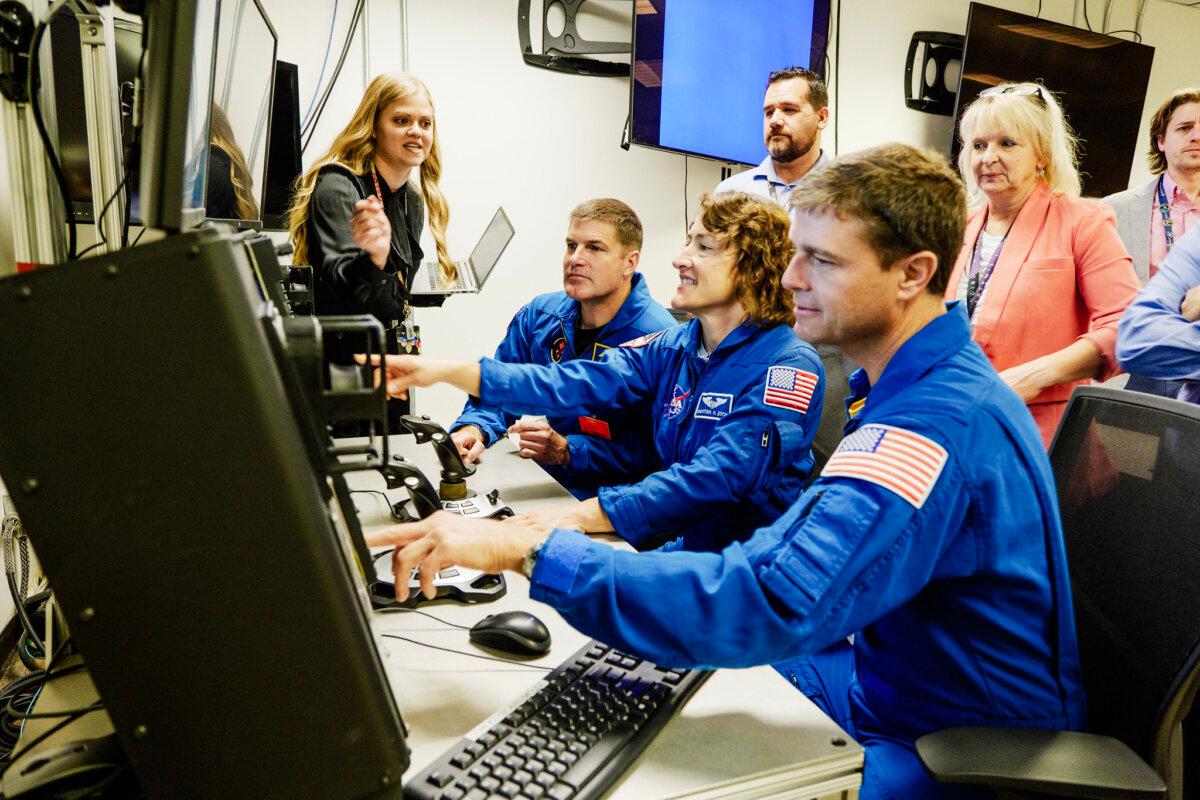
The Crew and Beyond
The commander is proud of his crew. He highlighted how the team is not just extremely technically savvy, but each member practices a humility that Wiseman admitted he’s never encountered before. That has fully opened the lines of communication among the members and others working on the mission. “The thing I admire most about this crew is our ability to self-critique and then constructively communicate so that we are better every day that we get to work,” he said. “I’ve been on a lot of teams where you hold back because it’s just not worth the conversation; but with this team, every conversation is worth it.”
Mr. Wiseman also wanted to express appreciation for the staff working behind the scenes on Artemis. “I wish every American could go out and see their fellow Americans in the space industry right now putting together these vehicles,” he said. “They are young, they are nimble, they are totally dedicated, and they are incredibly happy to show up to work every day. It’s been amazing to me.”
NASA is also utilizing the cooperation of private companies as well as other nations in its ongoing space exploration efforts. The Orion capsule is designed by the U.S.-based company Lockheed Martin, but the service module is designed by the European Space Agency. Boeing, the Virginia-based company, is in the process of designing the reusable spacecraft Starliner, which is scheduled to launch for NASA next year. NASA has long worked extensively and successfully with California-based SpaceX in sending astronauts to the International Space Station. Meanwhile, two Houston-based companies, Axiom Space and Intuitive Machines, have collaborated on building spacesuits, developing communications technology, and more.
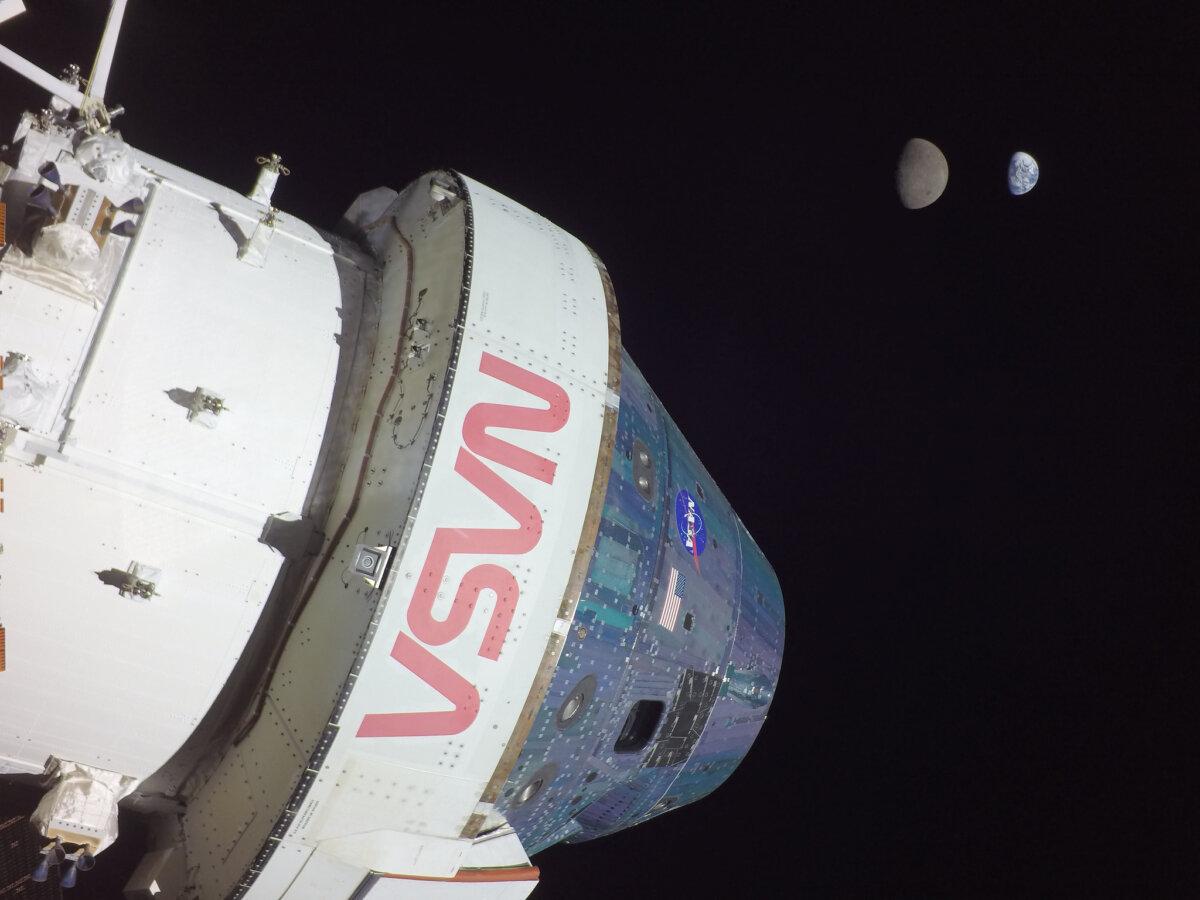
It takes the whole world’s cooperation to advance space exploration. “Putting the simple thing of a human living on the moon―permanent presence―it’s that architecture that you build out that makes future exploration possible. I love that. I love how one objective builds an entire new way of doing things.”
Mr. Wiseman noted that while India, China, Russia, and others are making their own attempts at space and moon exploration, he doesn’t see this, at least not right now, as a throwback to the “space race” of the Cold War era.
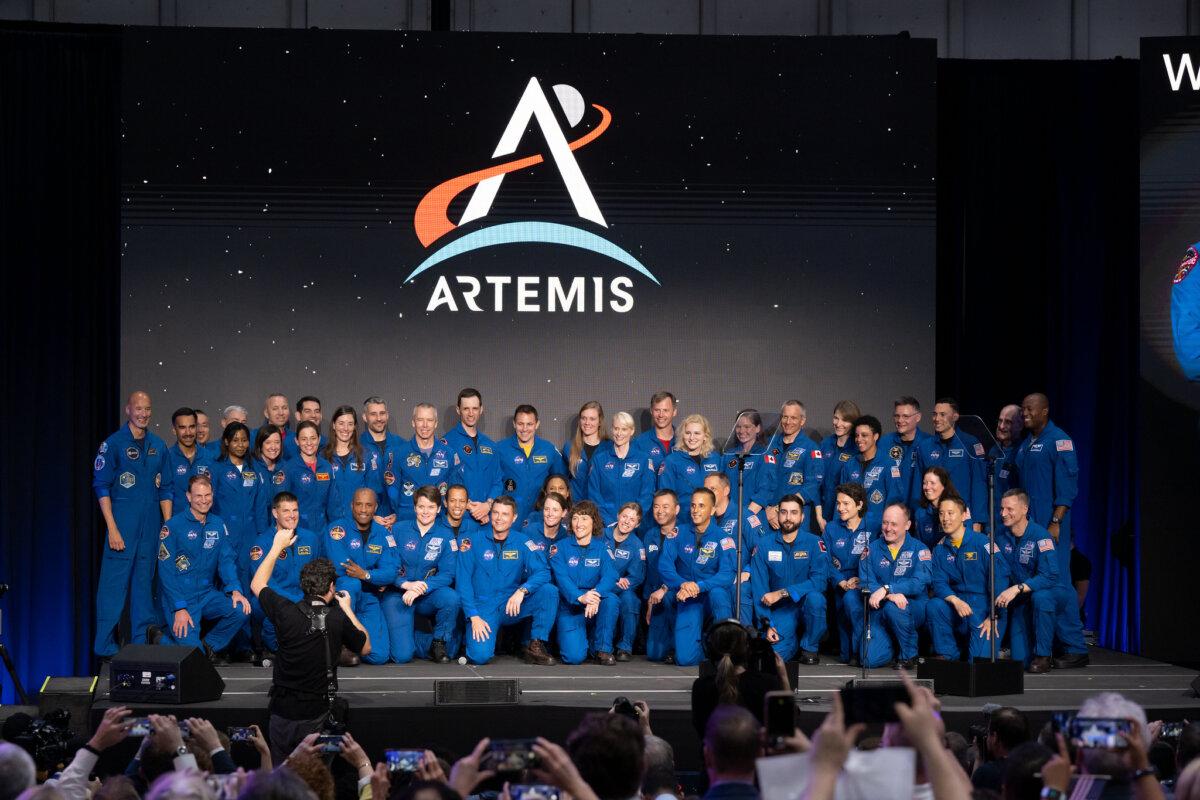
“What I see right now is a global hunger for exploration, a global hunger for knowledge, and an industrial might on a global effort that we haven’t had in the past,” he said. “I see an opportunity for a lot of togetherness and shared exploration goals. Is there going to wind up being political competition? Yes, I think so. But I see a totally different mindset from Apollo. I see international cooperation.” Mr. Wiseman shared a quote that his crewmate Victor Glover often cites: “If you want to go fast, go alone. If you want to go far, go together.” He added: “I call this the Golden Age of human exploration.”
Perhaps this current international cooperation is finally fulfilling that interstellar dream of more than 50 years ago: that humanity will return to the moon “with peace and hope for all mankind.”
This article was originally published in American Essence magazine.
